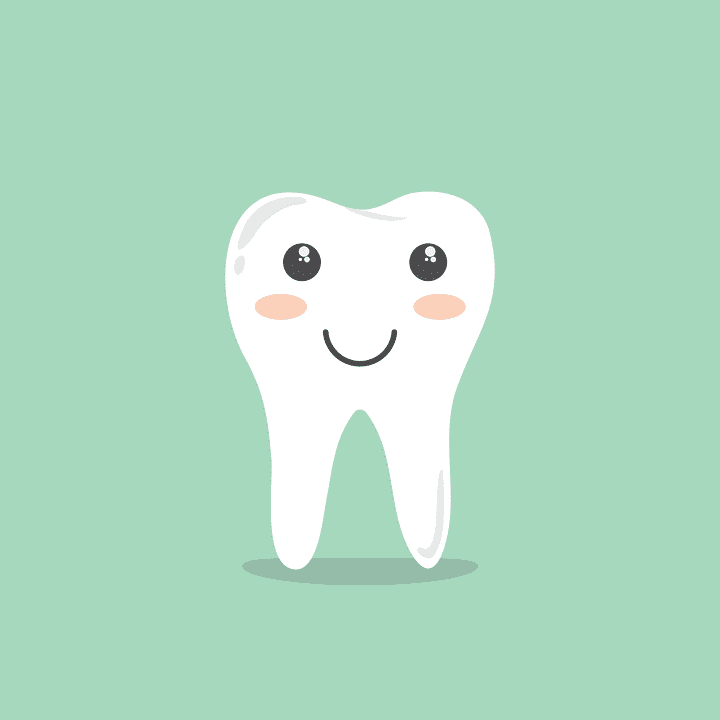 Excessive tooth mobility can be caused by many factors. The causes are both sudden conditions, such as eg stroke injury, and chronic conditions. Tooth discomfort also causes gum disease, as well as weakening of the teeth after root canal treatment.
Excessive tooth mobility can be caused by many factors. The causes are both sudden conditions, such as eg stroke injury, and chronic conditions. Tooth discomfort also causes gum disease, as well as weakening of the teeth after root canal treatment.
The most common reason for sudden tooth mobility is a mechanical injury. Moving the tooth after the stroke is a medical condition with which you should immediately go to a specialist. If it is dislocated, within an hour the doctor may conduct the so-called replantation, that is putting the tooth on its right place in the jaw.
Movement of the tooth can also be caused by weakening it with many fillings or the previously mentioned endodontic treatment. Repeated treatment results in loss of tissues and stability, therefore the moving tooth after root canal treatment should be properly strengthened.
Teeth loosening can proceed slowly. The most common reason is developing periodontal disease – parodontosis. The gums and the bone level are lowered, so that the teeth do not have enough “support”. This disease develops mainly due to the build-up of tartar which results in later bleeding and inflammation of the gums.
For tooth mobility, early diagnosis will be important. In periodontal diseases it is much easier to prevent than to cure, because when it comes to the loss of the bone surrounding the tooth, it is very difficult to regenerate it. In most cases, you can only stop the progression of the disease.
The child’s tooth is moving
In children, however, loosening of the milk teeth is in most cases a completely normal thing – caused by the tooth coming out of the gum. The decision whether or not the moving tooth needs to be removed is taken by the doctor.
Often, milkworms stay in the child’s jaw for too long and can cause permanent teeth to stop in the gum. Then an X-ray should be taken to check if the dairy should be removed.
However, if the problem is a moving baby tooth (eg after a fall, impact or as a result of an accident), this procedure will be the same as in the case of adults.
How to strengthen your moving teeth?
The basis for the prevention of teeth loosening is care for hygiene. Regular brushing will make your gums in good condition, and with them the bones that are responsible for maintaining your teeth steadily.
Frequent dental hygiene visits at the dentist are also important. Dental calculus should be removed at least once a year if there is a tendency to deposit it. A regular visit to a hygienist should protect you from the problem of parodontosis.
When the tooth moves because of weakening with root canal treatment or the presence of many fillings, reinforcement will provide it with prosthetic reconstruction. The porcelain crown transfers the forces appearing at biting much better than the weakened tooth, so you should not save on rebuilding after root canal treatment. Cheap restoration with a composite material may result in loosening of the tooth or, in a worse case, its breakage or fracture.
Loose Teeth – how to heal?
When the prophylaxis does not work, a visit to the dentist will be necessary. If the problem is a moving tooth – one – a common solution is to set up a special rail. It connects, for example, all incisors, keeping them in a stable position. Setting up the splint is a short and painless procedure. It consists in gluing a piece of metal similar to a steel arch at orthodontic appliances to the lingual surface of the teeth. It is not visible at all.
However, if the problem is a moving molar, the treatment may be more complicated. Often the reason for moving molars is subcutaneous tartar deposition. You should then perform a procedure called a curettier. This is the scaling of the root surface that is covered by the gum. After this procedure, the gums should regenerate and cover the dental necks again. Of course, this procedure is not indicated only for molars, but also in the case of remaining teeth.
Picture Credit: Pettycon
